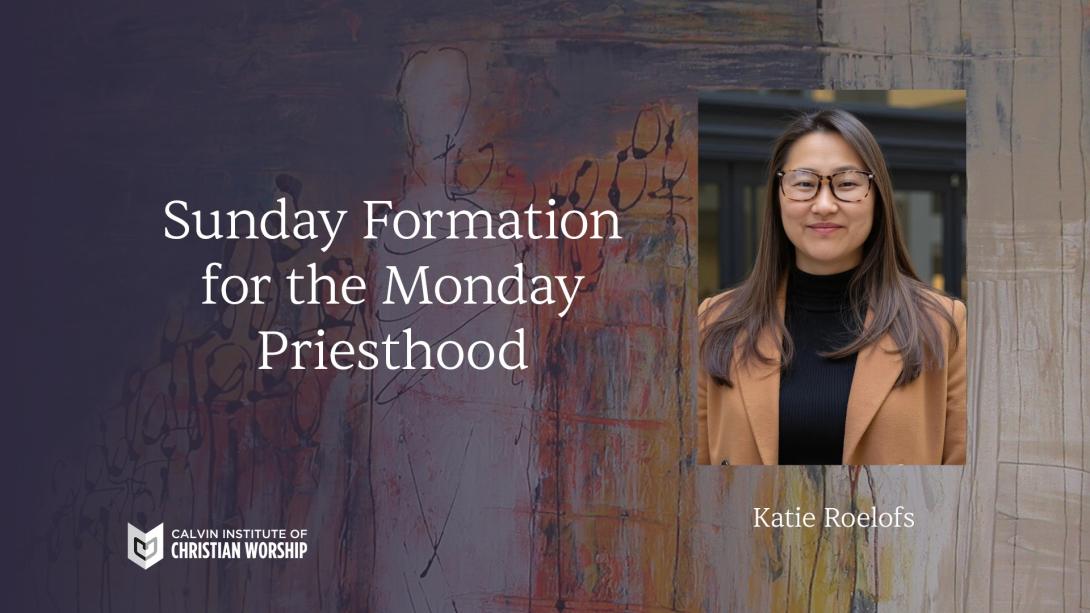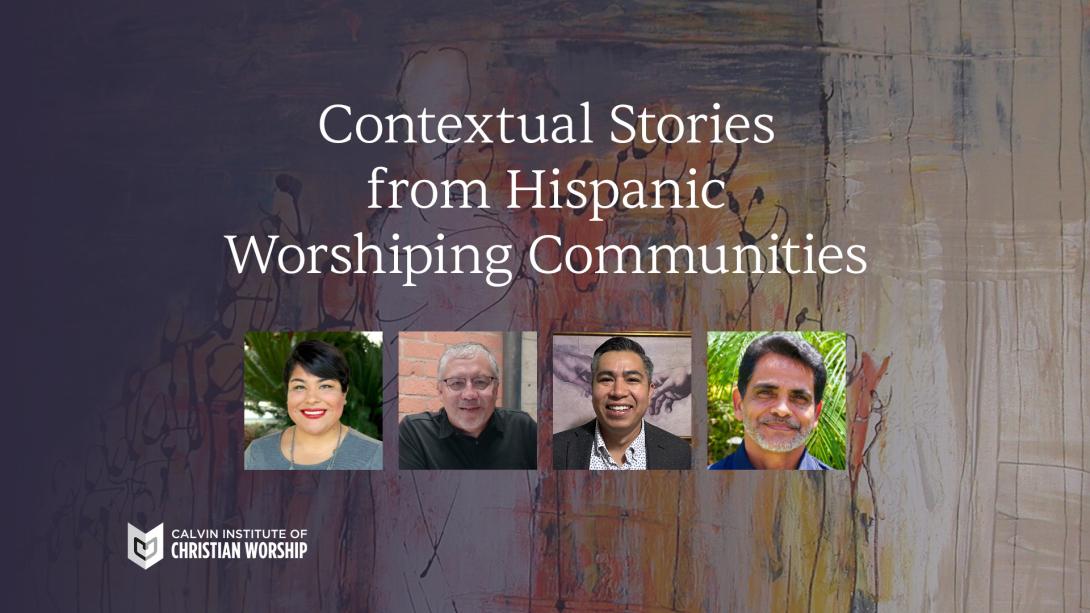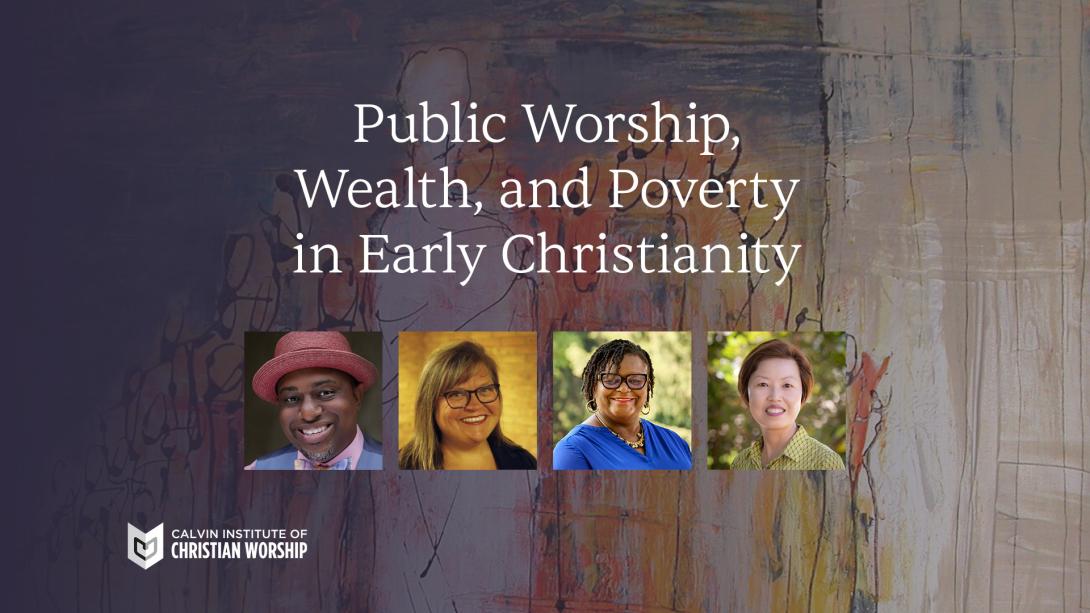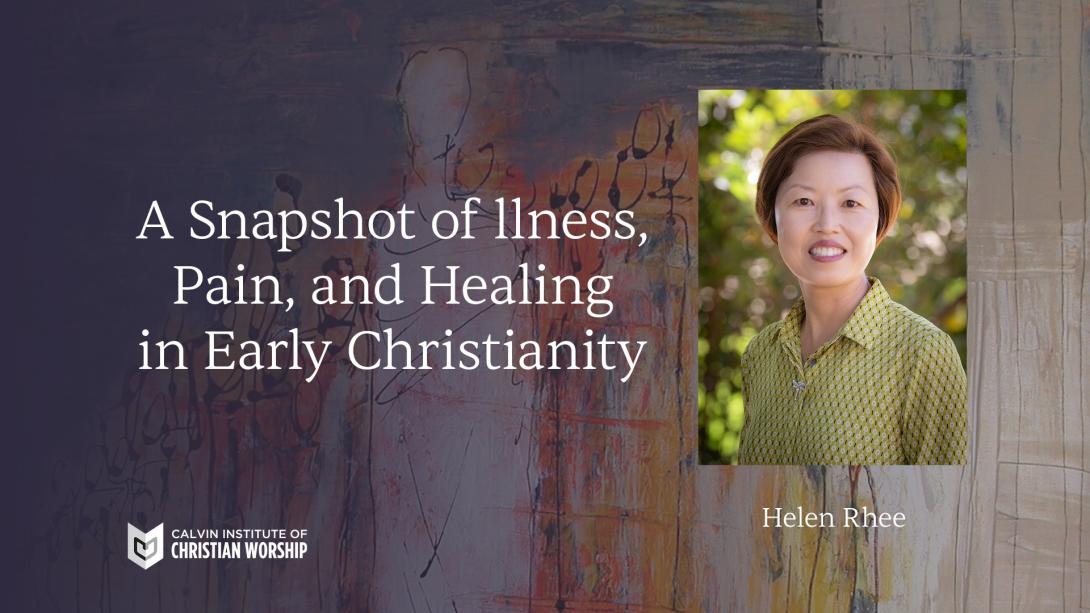Psalm 37
How does this psalm piece interpret the psalm?
A number of months ago, my mom mentioned that Psalm 37 is one of her favorite scriptures, so I thought I’d set it to music. Little did I realize what an undertaking it would turn out to be!
You see, Psalm 37 is an acrostic with twenty-two four-line poems, each based on a letter of the Hebrew alphabet. What’s more, it is a wisdom psalm on the theme of good things happening to wicked people. This is not the stuff of Chris Tomlin hits, but because I’m committed to setting all 150 psalms to music, I decided to roll up my sleeves and get to work.
What I composed is twenty-two “songlets,” each starting with a letter of the English alphabet (through V, the twenty-second letter). Each of these songlets is eight measures long; the second four measures of each songlet can be sung together with the first four measures of the next songlet, creating a musical chain of twenty-two links.
Yes, this is perhaps the nerdiest psalm song ever written. However, I believe that the form and poetic devices of the psalms are too often overlooked in our musical interpretations. We take the content of the original psalm’s words and send them through our favorite musical sausage-grinder: metrical, responsorial, or praise chorus. By attempting to address deeper structural issues of the original text, we can get closer to the psalmists’ intent.
In this case, that means a twenty-two-section musical setting that is reasoned rather than passionate. We aren’t used to worship music being intellectually rigorous, but that is certainly at the heart of Psalm 37.
Obviously, a fifteen-minute psalm rendition would be a stretch for most congregations. I hope to eventually lead it in a cantata-style worship service. Until then, I hope a few sections could be used on their own as scripture choruses.
Text and Music: Psalm 37; Greg Scheer, © Greg Scheer
Used by permission. CCLI #400063.
Contact: CCLI License or Greg Scheer, greg@gregscheer.com





